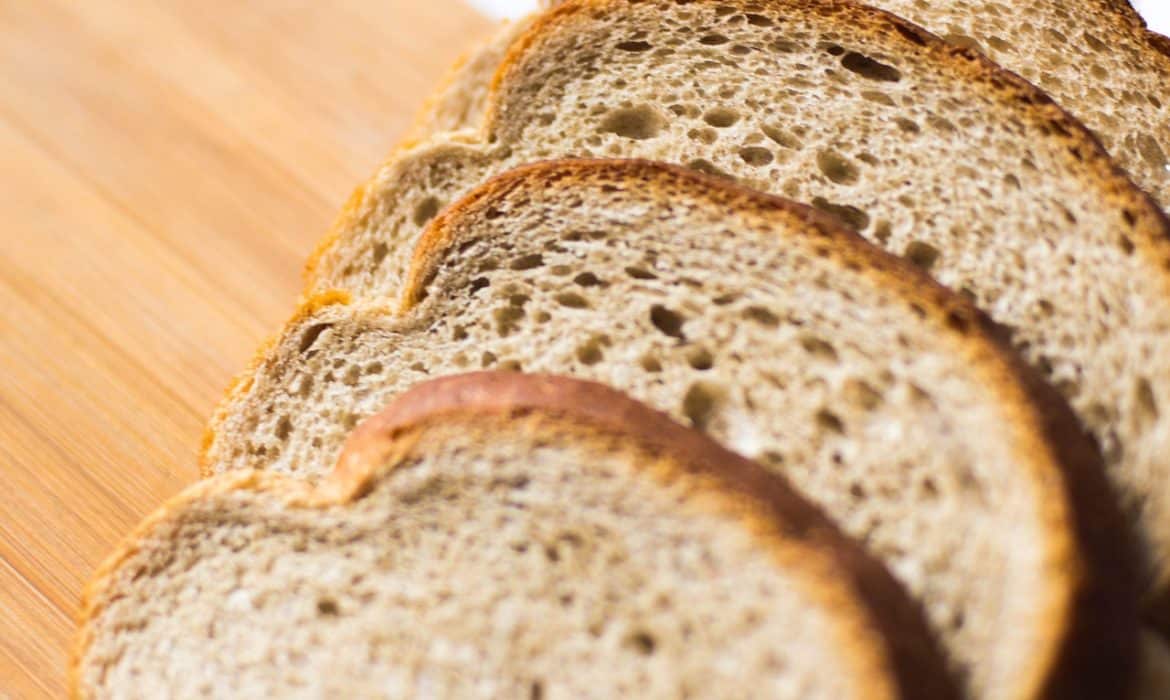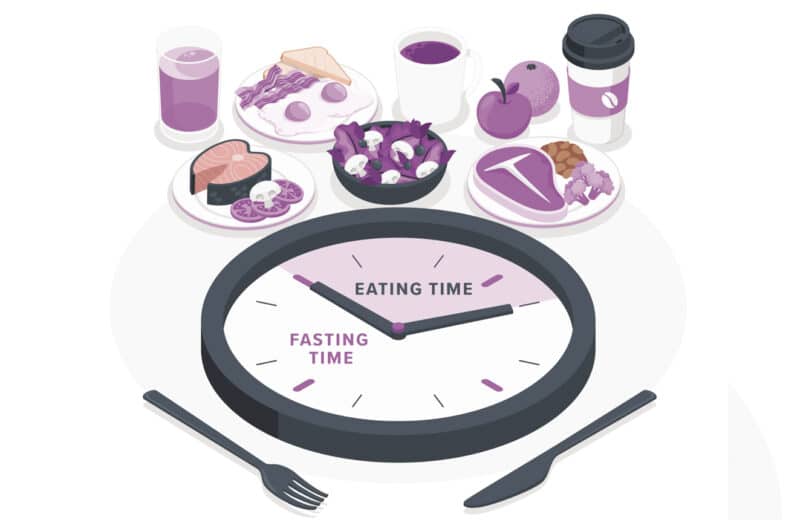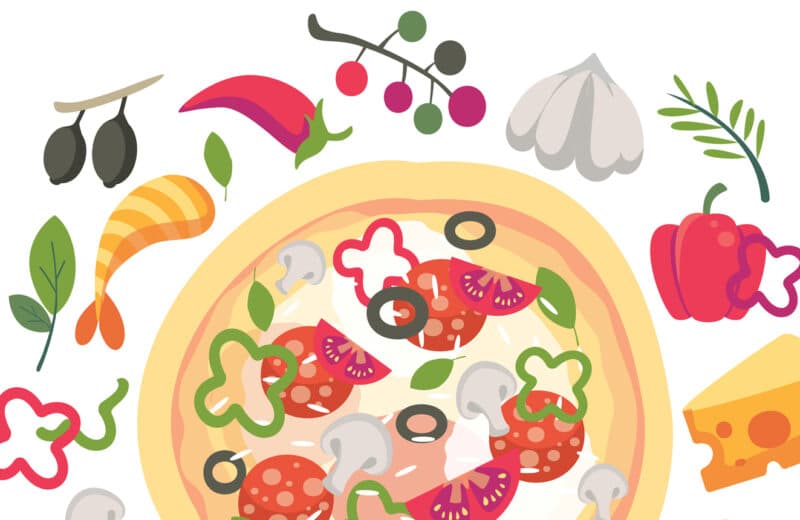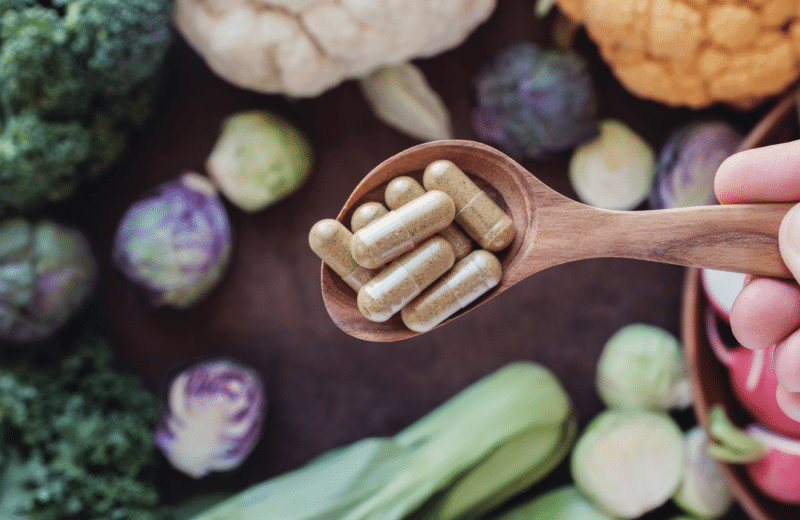When it comes to your dietary choices, it’s a good idea to be a purist and ride the whole-grain train. In recent years, whole grains of all stripes have been gaining recognition for their nutritional clout and ability to serve as a springboard for a wide range of satisfying meals.
What’s a whole grain?
By definition, a grain is considered “whole” if it still contains its original three parts: the bran, germ and endosperm. When a grain is “refined,” such as what occurs with white flour or white rice, the bran and germ are stripped away leaving behind just the starchy endosperm. “Since the bran and germ are where the vast majority of the grain’s fiber, vitamins, minerals and antioxidants are found, intact whole grains are much more nutritious than refined grains,” says Wendy Bazilian, Dr.Ph., R.D., author of “Eat Clean, Stay Lean: The Diet.”
Health benefits in the whole
Evidence abounds that a lesser-processed whole grain offers greater health benefits. For instance, in a large review of studies published in The BMJ, researchers found that increasing daily whole grain intake appeared to lower the risk of death from heart disease, cancer and other chronic diseases. The largest difference in risk was found to be among people who ate two servings of whole grains per day compared to those who ate none.
A separate Harvard study determined that each daily whole grain serving (28 grams) slashed the risk of heart disease by 9 percent. Other data suggest whole grains can help lower levels of dangerous abdominal body fat, and have beneficial effects on the gut microbiome, which may bolster digestive and immune health.
How much is enough?
The Dietary Guidelines for Americans recommends that a minimum of half of our daily grain servings — at least three servings per day for the average person — should come from whole grains. Thankfully, food manufactures are working more delicious whole grains into their products. Look for Whole Grain stamps from Oldways Whole Grains Council as a sign that products are a good source of whole grains.
Power up on whole grains
Use these strategies to make sure you get your fill of whole grains from morning to night:
–Use spelt flakes and barley flakes, as well as oats, to make hot breakfast cereal.
–Incorporate whole grain flours, including spelt, whole wheat, buckwheat and oat into pancake or waffle batter.
–Cook amaranth and teff grains into a creamy porridge.
–Toast 100 percent whole wheat English muffins and spread on your favorite nut butter and jam.
–Make the foundation of your lunch sandwiches 100 percent whole grain (i.e., wheat or rye) bread.
–Toss up a big lunch salad with a mixture of chopped vegetables and cooked whole grains, like quinoa, black rice, or millet.
–Work grains, such as sorghum, kamut and wild rice, into broth-based soups.
–Embrace the bowl food trend: serve whole grains topped with veggies, a lean protein source, and a sauce.
–Top rye crackers with cheese or hummus for a quick snack.
–Snack on air-popped popcorn (yes, it’s a whole grain).
–Serve a side of cooked whole grains, such as quinoa, brown rice or freekeh, with your meat and veggie dinner.
–Incorporate grains, like bulgur and oats, into homemade veggie burger mixes.
–Make quick pizzas using a base of 100 percent whole grain pitas or flatbreads.
–Stuff tacos and burritos with cooked whole grains, including brown rice and farro.
–Replace some or all of the all-purpose flour in baked goods with whole wheat flour.
(Reprinted with permission from Environmental Nutrition, a monthly publication of Belvoir Media Group, LLC. 800-829-5384. www.EnvironmentalNutrition.com.)












